
The story of the South African Shelduck Tadorna cana is one of intrigue, prosperity and, most recently, startling change.
These handsomely hued ducks, with their rich chestnut plumage, are endemic to southern Africa. In-flight they show bold white wing coverts similar to those of their closest relative in the region, the Egyptian Goose. They are typically found in pairs. Unlike most waterfowl, females are more striking in appearance than males as a result of their starkly white faces, with the males having plain dull grey heads. Novice birders therefore can be forgiven for confusing the sexes, although the noticeably larger size of males should provide a corrective cue. Juvenile shelducks of both sexes have grey heads and therefore resemble adult males, which is also unusual in waterfowl. The amount of white on the face of adult females varies greatly and some have completely whiteheads. Shelducks are unlikely to be misidentified, but they can easily be overlooked in flocks of ubiquitous Egyptian Geese. Unlike their overly familiar cousins, though, they are more aloof and alert and rarely allow a close approach. This may be related to the typically open nature of the xeric environments they inhabit and their penchant for spending time away from water on dry ground, both characteristics that call for circumspection. The female might be mistaken for a White-faced Whistling Duck, especially as a vagrant shelduck encountered alone is usually a female.
Esta historia es de la edición July/August 2021 de African Birdlife.
Comience su prueba gratuita de Magzter GOLD de 7 días para acceder a miles de historias premium seleccionadas y a más de 8500 revistas y periódicos.
Ya eres suscriptor ? Conectar
Esta historia es de la edición July/August 2021 de African Birdlife.
Comience su prueba gratuita de Magzter GOLD de 7 días para acceder a miles de historias premium seleccionadas y a más de 8500 revistas y periódicos.
Ya eres suscriptor? Conectar

EXPLORING NEW HORIZONS
Keith Barnes, co-author of the new Field Guide to Birds of Greater Southern Africa, chats about the long-neglected birding regions just north of the Kunene and Zambezi, getting back to watching birds and the vulture that changed his life.

footloose IN FYNBOS
The Walker Bay Diversity Trail is a leisurely hike with a multitude of flowers, feathers and flavours along the way.
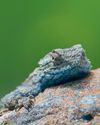
Living forwards
How photographing birds helps me face adversity
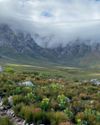
CAPE crusade
The Cape Bird Club/City of Cape Town Birding Big Year Challenge
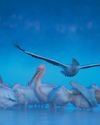
water & WINGS
WATER IS LIFE. As wildlife photographer Greg du Toit knows better than most.
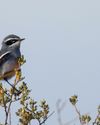
winter wanderer
as summer becomes a memory in the south, the skies are a little quieter as the migrants have returned to the warming north. But one bird endemic to the southern African region takes its own little winter journey.
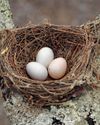
when perfect isn't enough
Egg signatures and forgeries in the cuckoo-drongo arms race
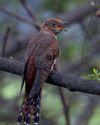
Southern SIGHTINGS
The late summer period naturally started quietening down after the midsummer excitement, but there were still some classy rarities on offer for birders all over the subregion. As always, none of the records included here have been adjudicated by any of the subregion's Rarities Committees.
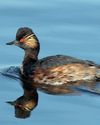
flood impact on wetland birds
One of the features of a warming planet is increasingly erratic rainfall; years of drought followed by devastating floods. Fortunately, many waterbirds are pre-adapted to cope with such extremes, especially in southern Africa where they have evolved to exploit episodic rainfall events in semi-arid and arid regions. But how do waterbirds respond to floods in areas where rainfall - and access to water - is more predictable? Peter Ryan explores the consequences of recent floods on the birds of the Western Cape's Olifants River valley.
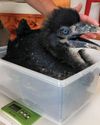
a star is born
It’s every producer’s dream to plan a wildlife television series and pick the right characters before filming.